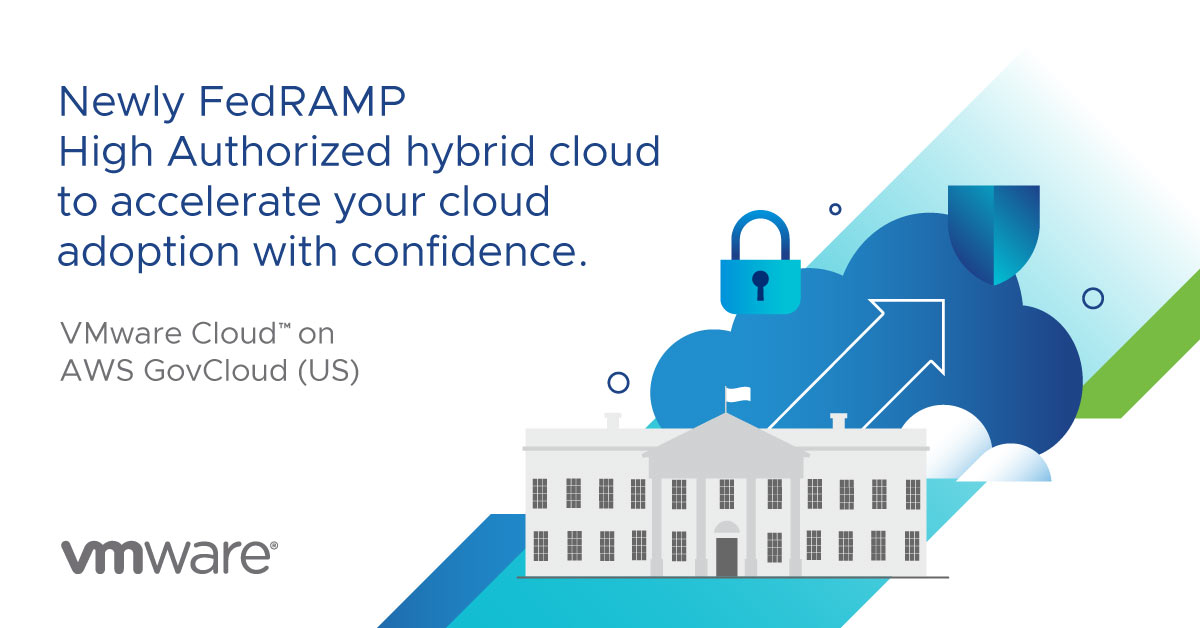- Key Cybersecurity Considerations for 2025
- Stock your Kindle for summer: Get up to 93% off popular reads during Amazon's Book Sale
- I replaced my TV with a 4K UST projector - and the visual upgrade was worth it
- This Amazon Fire TV soundbar gave me room-filling audio without breaking the bank
- I found a Garmin smartwatch that's ideal for those who don't like the rugged design
The IT challenges of hybrid working – IT Governance UK Blog
For years, cyber security experts have predicted a shift towards hybrid working – but they weren’t expecting it to come so suddenly and as a result of a global crisis. Nonetheless, they have been proven right, with millions of organisations deciding to keep their remote set-up even as the pandemic subsides. To make hybrid work a success, though, organisations must regularly evaluate their IT processes. According to a UKG study, 87% of UK employers accelerated…
Read More













